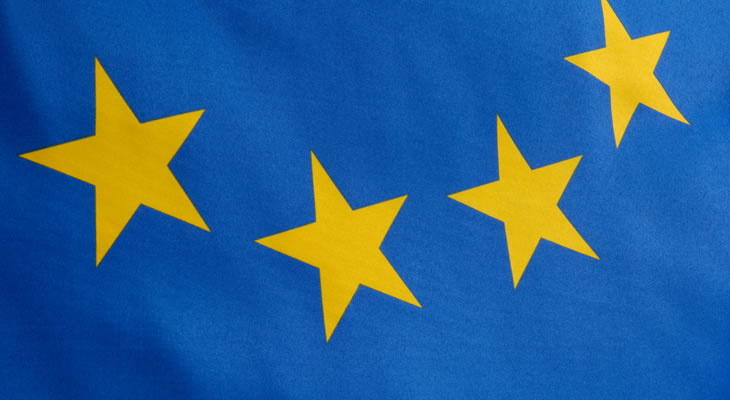Market jitters increased sharply on the back of the escalating aggressive rhetoric coming from both North Korea and the US, putting fresh pressure on the Euro.
Concerns over the possibility of an active conflict between the US and North Korea failed to particularly buoy the US Dollar, though, as investors were inclined to pile into its safe-haven rival the Japanese Yen instead.
Confidence in the single currency is likely to remain muted in the near term, however, in the absence of any fresh Eurozone data.
July’s finalised German consumer price index could offer some support to the Euro, providing that the data confirms that domestic inflationary pressure picked up on the month.
A solid showing here may improve optimism in the outlook of the Eurozone’s powerhouse economy, which weakened as a result of an unexpected contraction in exports.
Signs of an uptick in inflationary pressure could also boost bets that the European Central Bank (ECB) may return to a monetary tightening bias sooner rather than later, in spite of dovish policymaker commentary.
Greater volatility is likely next week, however, with the release of the updated second quarter Eurozone gross domestic product reports.
So long as growth continued to strengthen within the currency union the mood of investors is likely to improve, offering the Euro a fresh rallying point.
Any signs of slowing, on the other hand, could weigh heavily on the Euro US Dollar exchange rate.
Hopes of Imminent Fed Balance Sheet Normalisation Could Support USD
Recent US data boosted confidence in the underlying health of the world’s largest economy, meanwhile, to shore up the US Dollar.
A surprise improvement in the NFIB small business optimism index suggested that ongoing concerns surrounding the abilities of the Trump administration have failed to significantly weigh on sentiment.
This stronger showing helped to encourage hopes that the Federal Reserve will maintain a more hawkish outlook on monetary policy in the coming months.
As analysts at Scotiabank noted:
‘As the FOMC watches and waits for a bounce-back in growth and inflation, amid what most officials consider transitory, one-off “idiosyncratic factors” that have kept prices in check, eyes have turned to signals from the Committee regarding the date by which it will begin scaling back its balance-sheet reinvestments.
‘Details on policy normalisation were outlined at the June meeting and the FOMC remarked in its July statement that the anticipated change in reinvestments will kick off “relatively soon”, which may imply a September start.’
Providing the odds continue to point towards the Fed taking action to normalise the balance sheet imminently the upside potential of the EUR USD exchange rate is likely to remain limited.


Comments are closed.